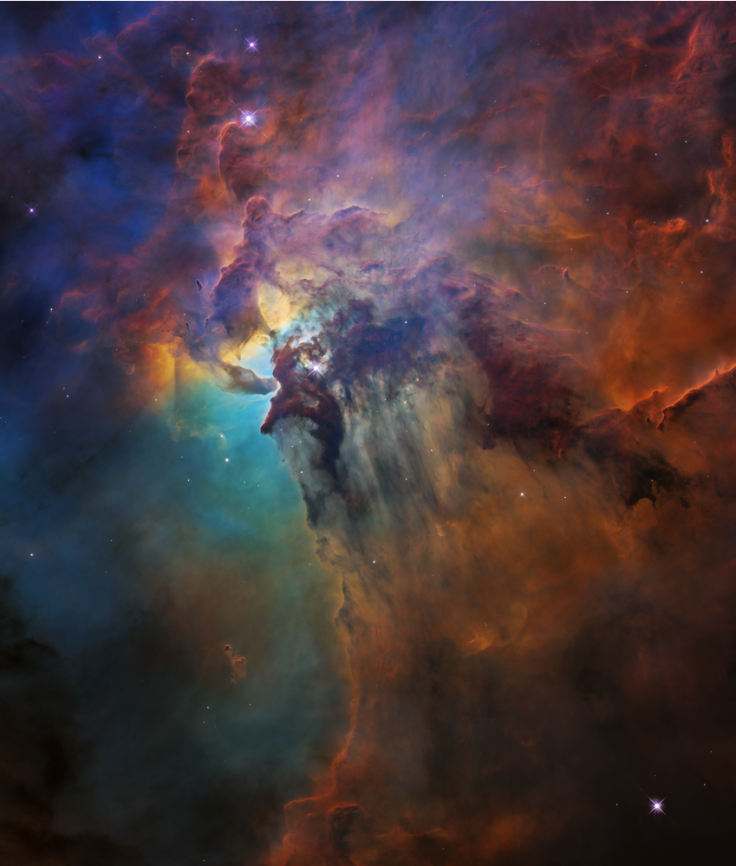NASA's Hubble Captures Stunning Cosmic Crab In Incredibly Detailed Image [PHOTO]

NASA's Hubble Space Telescope has captured a stunning and incredibly detailed image of the Southern Crab Nebula.
On its official Twitter page, NASA shared the latest image of the Southern Crab Nebula, which is officially called Hen 2-104, to mark the Hubble telescope's 29th anniversary. Launched on April 24, 1990, the Hubble has taken numerous images and given us a glimpse of the many wonders of the vast universe, including galaxies and star clusters thousands of light-years away.
This image of the Southern Crab Nebula was taken to celebrate Hubble's 29th anniversary since its launch on April 24, 1990. It shows the results of two stellar companions in a gravitational waltz, several thousand light-years from Earth: https://t.co/T0EnIkXUo6 pic.twitter.com/uUiV8IMip9
— Hubble (@NASAHubble) April 18, 2019
The image of the Southern Crab Nebula is just the latest of the many stunning photos Hubble has taken over the years. It shows two central stars, an aging red giant star and a burned-out white dwarf star, in the center, both of which are "embedded in a flat disk of gas stretching between them," according to NASA's website.
Two hourglass-shaped structures form above and below the whirling pair of stars. These were created by the red giant shedding its outer layers, and the white dwarf's gravity attracting the material its companion ejects.
The "belt" surrounding the two central stars only allows the gas to travel above and below the disk, thus resulting to the nebula's hourglass shape.
Taken in March, the Hubble image of the Southern Crab Nebula was obtained using the telescope's Wide Field Camera 3, its newest and sharpest detector. The colors in the image were used to differentiate the nebula's various glowing gases, which are: sulfur (red), hydrogen (green), nitrogen (orange) and oxygen (blue.)
Located several thousand light-years away, Hen 2-104 can be found in the southern hemisphere constellation of Centaurus. The Southern Crab Nebula was first observed in the 1960s, but astronomers initially believed that it was just a normal star.
However, astronomers using the European Southern Observatory's La Silla Observatory in Chile discovered in 1989 that it was actually a crab-shaped nebula after obtaining a clear image of it.
Last year, NASA also released an image to celebrate the Hubble's 28th anniversary, this time showing a small section of the stunning Lagoon Nebula.
Hubble celebrates 28th anniversary with a trip through the Lagoon Nebula!#Hubble28https://t.co/v8GU5LcRZs
— HUBBLE (@HUBBLE_space) April 19, 2018
Credit: @NASA , @esa , STScI pic.twitter.com/Efh56dooju
The colossal nebula spans 55 light-years in diameter and is 20 light-years tall. The Lagoon Nebula also appears three times larger in the night sky than the full moon despite being 4,000 light-years away.
© Copyright IBTimes 2025. All rights reserved.





















